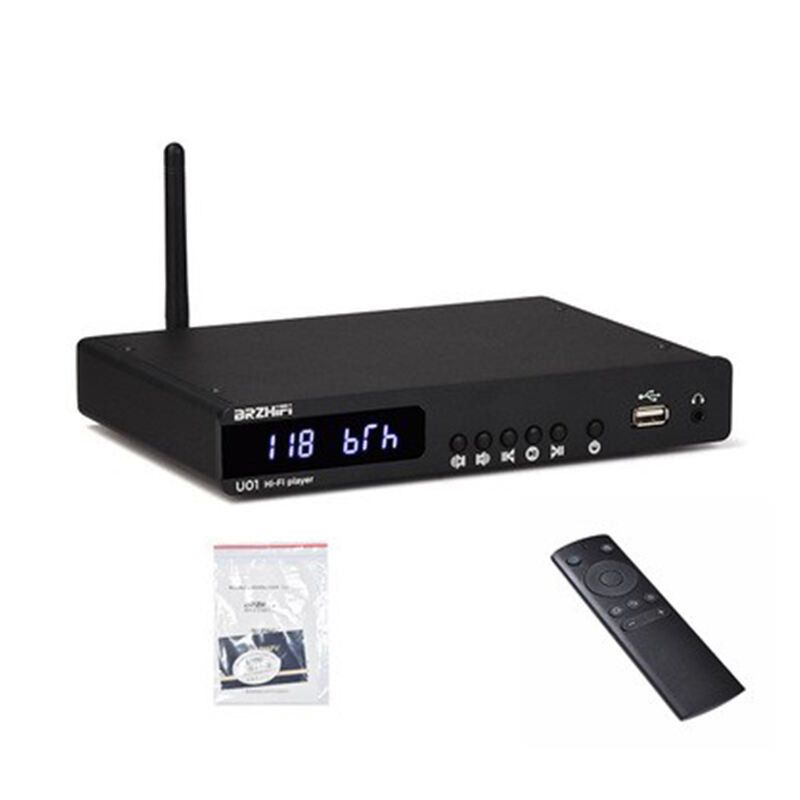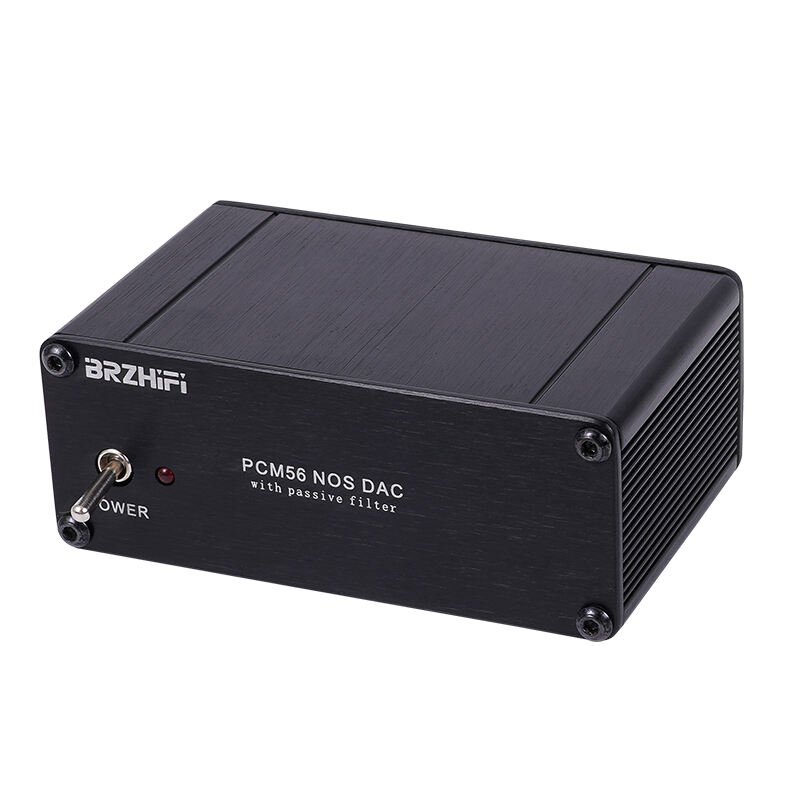Understanding Digital Signal Processing Components
In the world of digital electronics and signal processing, decoders and Digital-to-Analog Converters (DACs) play crucial yet distinct roles. While both components handle digital signals, their purposes and functionalities differ significantly. This comprehensive guide explores the fundamental differences between decoders and DACs, their applications, and how they contribute to modern electronic systems.
As technology continues to advance, understanding these components becomes increasingly important for engineers, technicians, and electronics enthusiasts. Let's dive deep into the world of digital signal processing to unravel the unique characteristics and applications of decoders and DACs.
Core Functions and Basic Principles
Decoder Fundamentals
A decoder is a combinational logic circuit that converts encoded information from one format to another. It typically takes an n-bit binary input and produces 2^n unique output lines. For instance, a 3-to-8 decoder accepts three binary inputs and activates one of eight possible output lines based on the input combination.
Decoders serve as digital demultiplexers, enabling the selection of specific output channels based on binary input codes. They're essential in address decoding, display systems, and memory management units where binary information needs to be translated into specific control signals.
DAC Operating Principles
A Digital-to-Analog Converter (DAC) performs a fundamentally different function. It transforms digital binary signals into continuous analog outputs. This conversion process involves taking discrete digital values and generating corresponding analog voltage or current levels.
DACs operate on the principle of weighted binary inputs, where each bit contributes a specific voltage or current proportion to the final analog output. The resolution of a DAC, measured in bits, determines how many discrete analog levels it can produce.

Technical Characteristics and Architecture
Decoder Architecture
Decoders employ logic gates arranged in specific configurations to process input signals. The architecture typically includes input lines, logic gate networks, and output lines. Common implementations use combinations of AND, OR, and NOT gates to achieve the desired decoding function.
Modern decoders often incorporate additional features like enable inputs, which can activate or deactivate the entire decoder circuit. Some advanced decoders also include latching mechanisms to maintain output states and error detection capabilities.
DAC Construction
DAC architecture is more complex, involving precise analog components. The most common designs include the R-2R ladder network, weighted current sources, and segmented architectures. These components work together to generate accurate analog outputs corresponding to digital input values.
Critical specifications for DACs include resolution (bit depth), settling time, accuracy, and linearity. Modern DACs often incorporate sophisticated calibration mechanisms and error correction circuits to maintain accuracy over time and temperature variations.
Applications and Use Cases
Decoder Applications
Decoders find extensive use in digital systems where signal routing and selection are crucial. Common applications include memory address decoding in computers, display digit selection in seven-segment displays, and multiplexer control systems. They're also essential in communication protocols where encoded data needs to be interpreted.
In modern microcontroller systems, decoders help manage peripheral device selection and I/O expansion. They enable efficient use of limited microcontroller pins by allowing multiple devices to share common data buses.
DAC Applications
DACs are fundamental to audio systems, video processing, and industrial control applications. In audio equipment, they convert digital audio data into analog signals that speakers can reproduce. Video systems use DACs to generate analog video signals from digital content.
Industrial applications employ DACs in process control systems, where digital control signals need to be converted to analog voltages or currents for controlling actuators, motors, and other analog devices. Modern telecommunications systems also rely heavily on DACs for signal generation and modulation.
Performance Considerations and Selection Criteria
Decoder Selection Factors
When choosing a decoder, key considerations include the number of input and output lines, propagation delay, power consumption, and operating voltage range. The application's speed requirements and noise immunity needs also influence decoder selection.
Integration capabilities with other system components, package size, and cost considerations play crucial roles in decoder selection. For high-speed applications, propagation delay becomes particularly critical.
DAC Selection Criteria
DAC selection involves evaluating resolution, sampling rate, accuracy, and dynamic performance specifications. The intended application's requirements for signal quality, bandwidth, and noise performance guide the selection process.
Additional considerations include power consumption, interface requirements (serial or parallel), and output drive capabilities. Cost-performance trade-offs often influence the final choice, particularly in high-volume applications.
Frequently Asked Questions
How do decoders and DACs differ in their basic function?
Decoders transform encoded digital inputs into multiple output lines, typically activating one specific output based on the input code. In contrast, DACs convert digital binary values into continuous analog signals, producing voltage or current outputs proportional to the digital input value.
Can decoders and DACs be used together in a system?
Yes, decoders and DACs often work together in complex systems. For example, a decoder might select which DAC to activate in a multi-channel audio system, while the DACs convert digital audio data into analog signals for different audio channels.
What determines the accuracy of a DAC versus a decoder?
Decoder accuracy primarily depends on proper logic level thresholds and timing characteristics. DAC accuracy is more complex, involving factors like resolution (bit depth), integral linearity, differential linearity, and temperature stability of the analog components.

